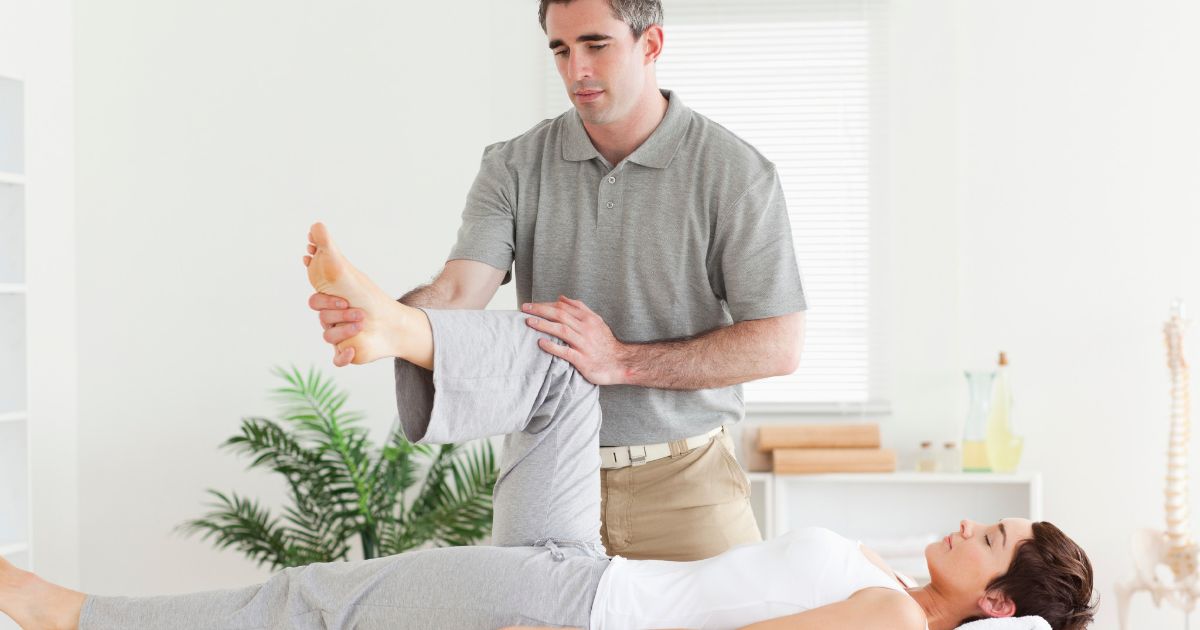Treatments For Patellar Tendonitis
Patellar tendonitis is a common type of tendonitis often referred to as jumper's knee. Individuals who regularly engage in sports like volleyball and basketball that require them to jump constantly are at a higher risk of developing patellar tendonitis. However, this injury is also possible among individuals who don't participate in sports with consistent jumping. This injury occurs when the tendon that extends from the shinbone to the kneecap becomes damaged. The tendon itself is essential for jumping, kicking, and running, which is why an injury to the area can greatly affect an individual's mobility. Pain from patellar tendonitis worsens over time, which is why it's imperative to obtain treatment for the injury. Get to know the options for treating patellar tendonitis now.
Physical Therapy

Most patellar tendonitis injuries are somewhat minor in severity and can be healed entirely with the application of physical therapy. There is a range of physical therapy techniques patients can use to reduce the symptoms of patellar tendonitis. The most common forms of physical therapy used to treat this injury include strength and stretching exercises. When patients wish to perform some strength exercises that will directly target the patellar tendon, they should be sure to focus on exercises that strengthen the leg muscles. Leg press machines are particularly effective at increasing the strength of thigh muscles, which helps heal the affected tendon. Regular stretches can move the patellar tendon and encourage healing in the area. These exercises will also reduce the amount of spasms patients experience while waiting for the injury to fully heal. This therapy can also include the usage of a patellar tendon strap and iontophoresis, the latter of which uses a small electrical charge to push a corticosteroid medication through the skin.
Continue reading to learn about more ways to treat patellar tendonitis now.
Medication For Pain And Inflammation

Patients with patellar tendonitis will likely be prescribed at least one medication for pain and inflammation. If left untreated, the pain from patellar tendonitis will continue to worsen until every movement patients make brings about a wince. The pain worsens primarily because the inflammation around the injured tendon also worsens. Higher amounts of inflammation mean patients experience more pain as well. While further treatments may be necessary to permanently repair the injured tendon, medications for pain and inflammation will reduce these symptoms while patients wait for the rest of the tendon to heal properly. The two types of pain relievers most commonly prescribed for patellar tendonitis are naproxen sodium and ibuprofen, though any anti-inflammatory medication should also provide relief.
Discover the next method of treating patellar tendonitis now.
